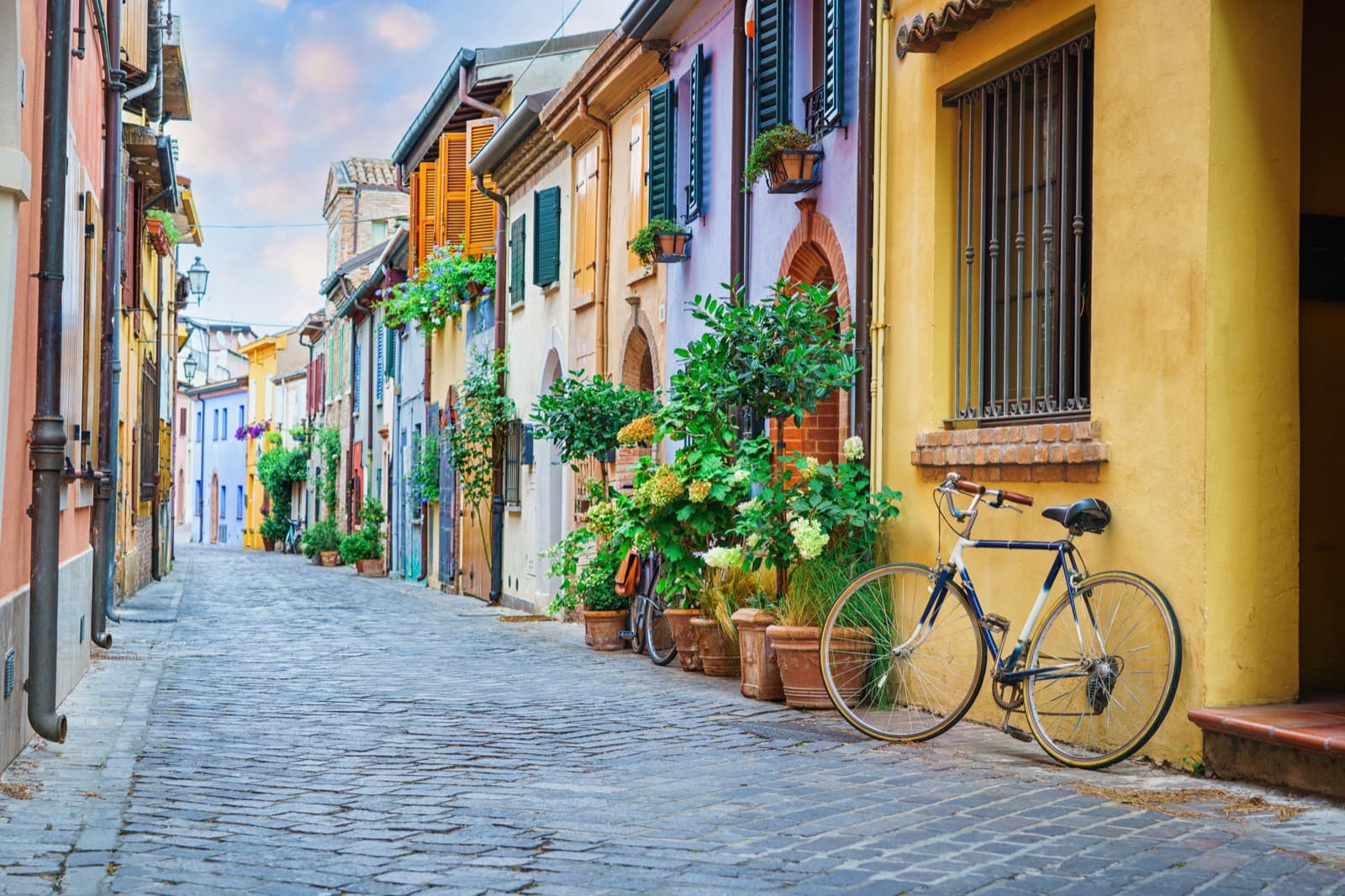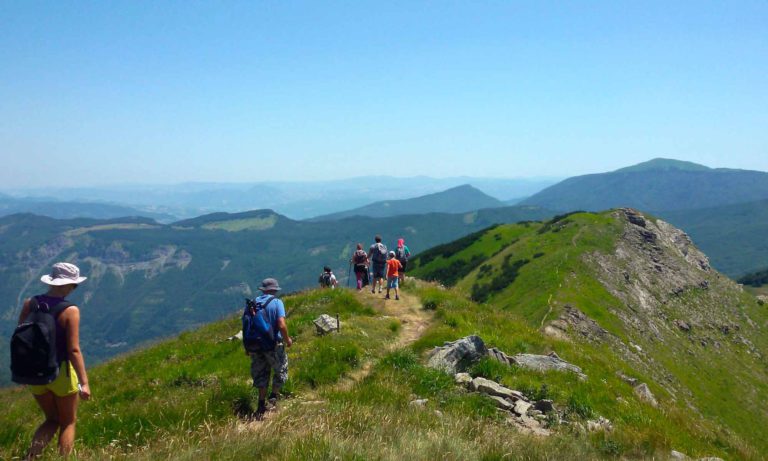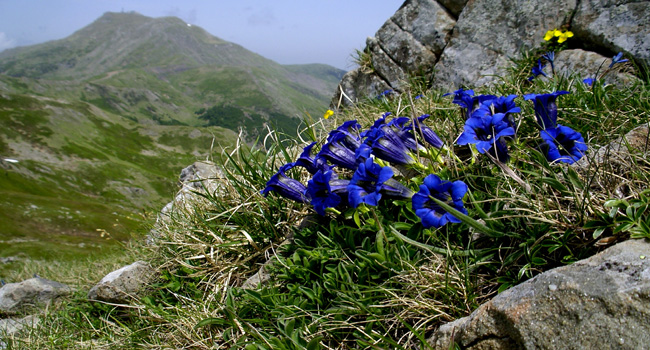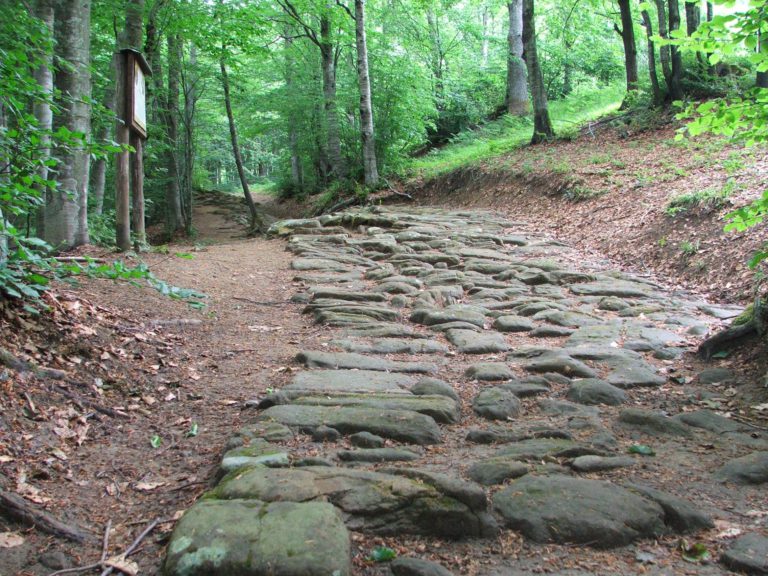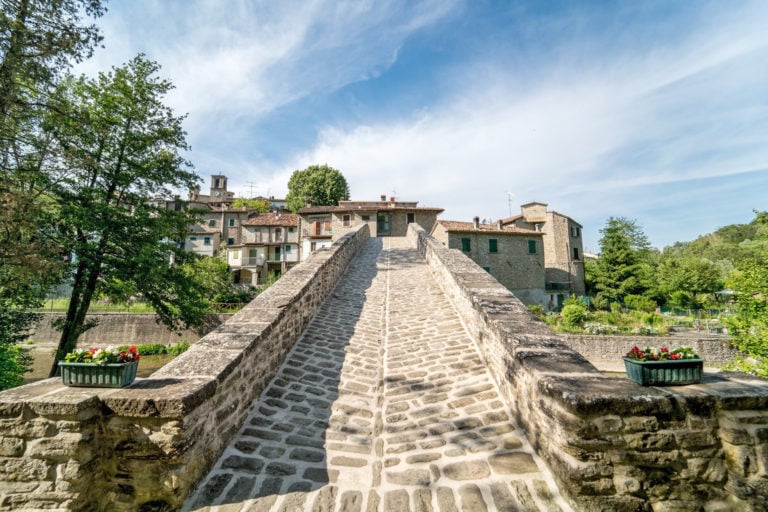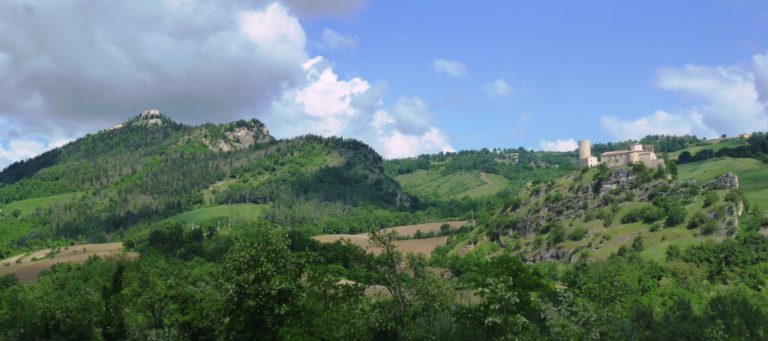The Piccola Cassia Way is an ancient Roman road that extends the route of the better-known Cassia Way, and that crosses the area between Modena and Bologna. It has been extensively used, from the time of the first settlements of the Apennine valleys through to the Middle Ages up until our times.
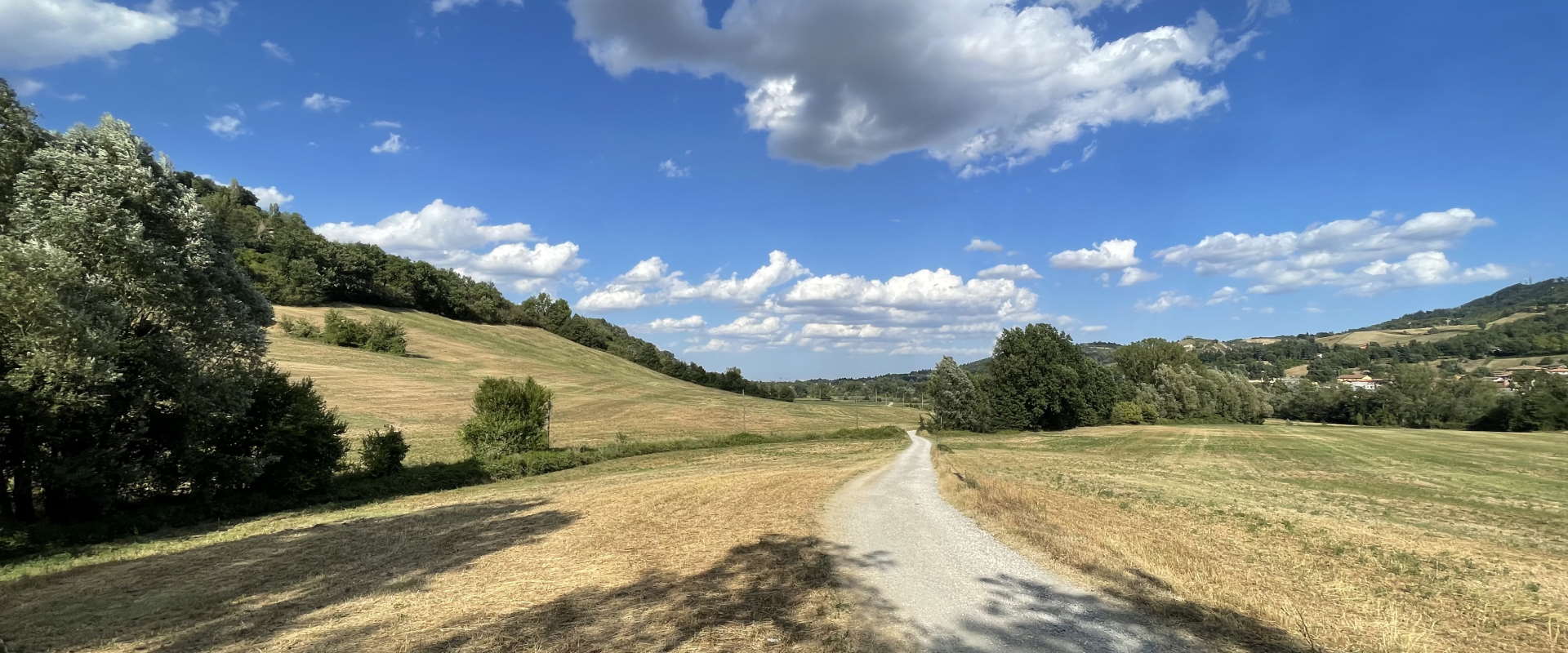
To understand the history and role of the Piccola Cassia Way, we need to go back to when the Romans founded the Regio VII Aemilia region. From the 3rd century BC, the Romans began to expand into what was called Cisalpine Gaul (corresponding roughly to Emilia-Romagna now), founding new colonies and revamping the new region’s road system.
Ariminum, Forum Livii, Bononia, Mutina, and Regium Lepidi were just a few of the towns that they built along the new Via Aemilia, which ran through them from east to west. Along the north-south axis of each of these cities, there were communication routes connecting the northlands with those to the south.
This is the case of the so-called Piccola Cassia, which started in the south of Modena crossing the villages of Vignola and Savignano Sul Panaro. From this point, the road entered the ridge between the Panaro and Samoggia valleys. The trail then descends into the amazing Tuscan territory and, through the Ombrone valley, finally reaches Pistoia.
Originally, the Piccola Cassia was mainly a connection route between the city of Modena and Tuscany, crossing the Italian Apennines.
In March 2022, the itinerary was also extended by two new routes, from Bologna to Monteveglio and from Gaggio Montano to Porretta Terme, two new “legs” of the Piccola Cassia to make this route accessible from Bologna and to the connections of city transport.
Starting from Piazza Maggiore in Bologna, it will be possible to connect to the Piccola Cassia’s route near the Abbey of Monteveglio, and then re-deviate from the main route in Gaggio Montano thus reaching the town of Porretta Terme and the train station to return to Bologna.
Piccola Cassia Way | Services and practical information
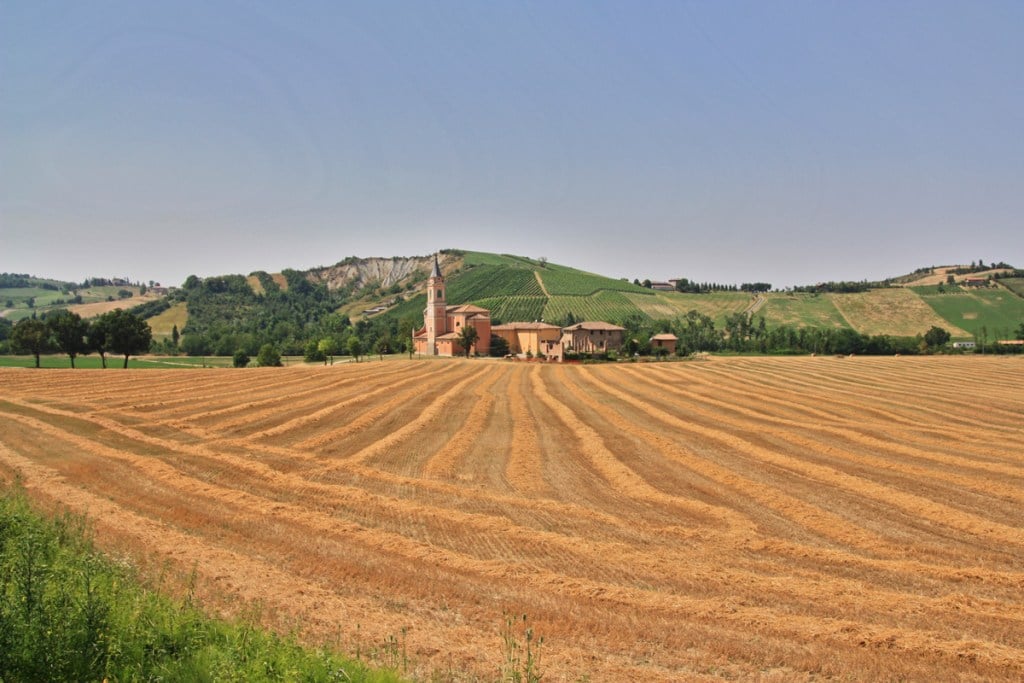
On the official website of the Piccola Cassia Trail, you can find information about the stages of the main itinerary as well as all other information on the possibilities for excursions in the area, and the download the GPS files for each stage of the trail.
As for the two new legs inaugurated in 2022, on the website of the Bologna and Modena Tourist Office it is possible to find all the information as well as download the hiking map of the 6 stages that make up the other two additional itineraries. The two new routes largely trace the path network of the Emilia-Romagna Region already tested and technically tested by the Alpine Italian Club, they are easy to walk and with accessibility in all seasons, and can be traveled on foot or by mountain bike or e-bike.
The Emilia-Romagna main stretch of the Piccola Cassia Trail is about 77 miles long and is usually divided into 8 different stages.
Italian regions crossed: Emilia-Romagna, Tuscany
Stages: the trail can be divided up into the following legs, from north to south:
- 1 | Nonantola – Bazzano (16.1 miles)
- 2 | Bazzano – Tolè (18.3 miles)
- 3 | Tolè – Abetaia (15 miles)
- 4 | Abetaia – Rocca Corneta (9.8 miles)
- 5 | Rocca Corneta – Capanna Tassoni (11 miles)
- 6 | Capanna Tassoni – Cutigliano (8.5 miles)
- 7 | Cutigliano – Ponte Petri (14.7 miles)
- 8 | Ponte Petri – Pistoia (11.3 miles)
Length: 11.23 miles (77 miles in Emilia)
Difficulty: medium, as some legs are rather long, but there are no particular technical difficulties.
Piccola Cassia Way | Information
www.piccolacassia.it
+39 051.6723011 / info@piccolacassia.it
Author

Walter Manni
Explorer and Adventurer: loves sailing the oceans, climbing the highest mountains and surfing on the waves of the web
You may also like
by Walter Manni ///
Top Hikes in Italy: the Alta Via dei Parchi Trail
by Walter Manni /// April 8, 2019
Emilia Romagna Slow | The Romea Nonantolana Way
by Walter Manni /// July 24, 2017

Interested in our newsletter?
Every first of the month, an email (in Italian) with selected contents and upcoming events.
Emilia Romagna Slow | The Way of the Gods
by Walter Manni /// March 27, 2017
